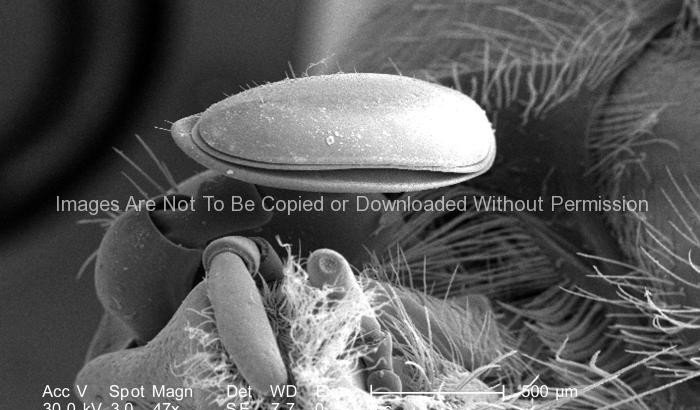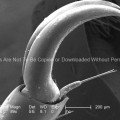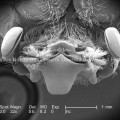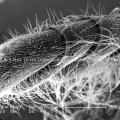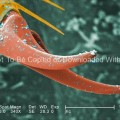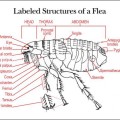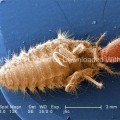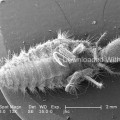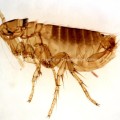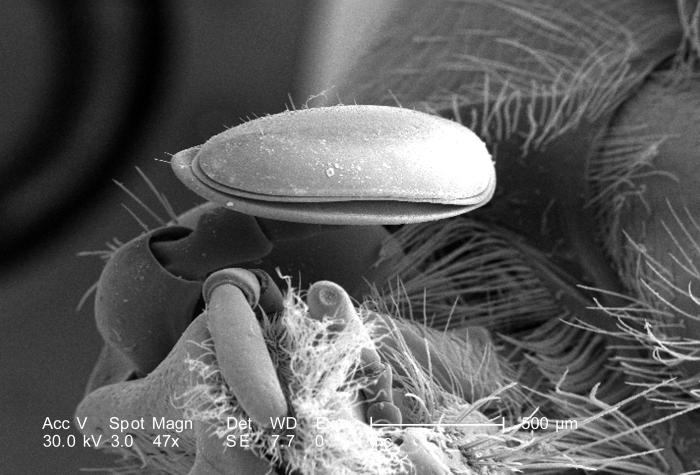
The antennae provide the insect with data indicative of changes encountered in its environment such as chemical, thermal, and tactile queues.
Sometimes referred to as a “junebug, this insect is a member of the taxonomic family, Scarabaeidae, or dung beetles. Due to the jointed nature of this organism’s leg configuration, it is classified in the phylum, Arthropoda, i.e., “Arthro” = jointed, and “poda” = legs. This beetle was found in the Decatur, Georgia suburbs.
The dorsum of the adult figeater beetle is a drab green color, while its ventral surface is a vivid iridescent green. Their diet mainly consists of soft, overly ripe fruits including figs, hence its name. However, it’s the larval phase of this insect, which wrecks more havoc upon agricultural crops than adults, for the larvae, which burrow into the soils, will feed upon the crop roots, thereby, killing the fruit-bearing plants.
